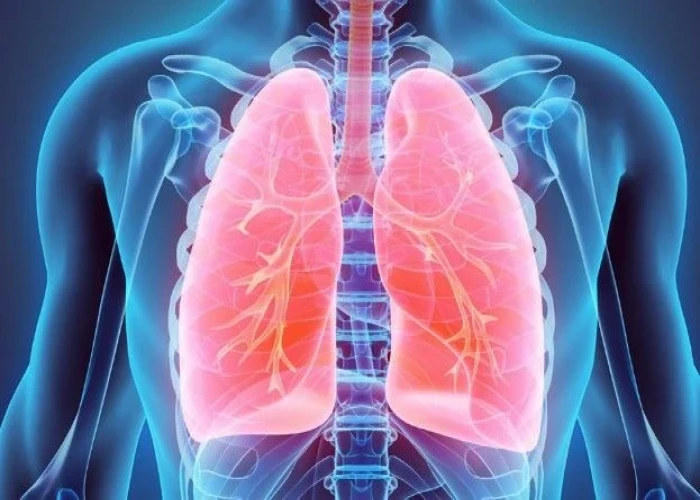 Welcome
Welcome
“May all be happy, may all be healed, may all be at peace and may no one ever suffer."
Lung Abesess
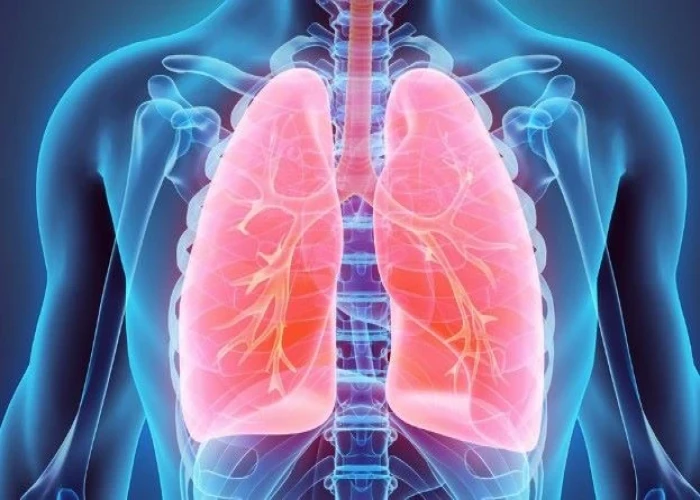
A lung abscess is a cavity or pocket of pus that forms in the lung tissue, usually as a result of a bacterial infection. The condition can occur in individuals of all ages but is most common in older adults and those with weakened immune systems.
The symptoms of a lung abscess can vary depending on the size and location of the abscess, but may include:
- Persistent cough, which may produce phlegm or pus
- Chest pain
- Fever and chills
- Fatigue and weakness
- Shortness of breath
- Night sweats
Diagnosis of a lung abscess typically involves a combination of imaging tests, such as a chest X-ray or CT scan, as well as blood tests to check for signs of infection.
Treatment for a lung abscess typically involves the use of antibiotics to kill the bacteria causing the infection. In some cases, drainage of the abscess may be necessary to remove the pus and improve lung function. This can be done through a tube inserted through the chest wall or through a procedure known as bronchoscopy, in which a flexible tube is inserted into the airways to remove the pus.
In addition to antibiotics and drainage, individuals with a lung abscess may need to undergo respiratory therapy or other interventions to help improve lung function and prevent complications such as pneumonia.
It is important to seek medical attention if you experience persistent respiratory symptoms or signs of infection, as early diagnosis and treatment can help prevent complications and improve outcomes for individuals with a lung abscess.
Research Papers
Disease Signs and Symptoms
- Fever
- Cough
- Chest pain
- Cough stinks
- Increase in white blood cells
Disease Causes
Disease Prevents
Disease Treatments
Disease Diagnoses
Disease Allopathic Generics
-
Amoxicillin Trihydrate
Medicines containing amoxicillin can be used.
250 mg vials should be mixed well in 1.5 ml Water for Injection BP. Then after 8 hours the injection should be done into the muscle.
-
Flucloxacillin Sodium
The usual dose is 1 serving 30 minutes before meals and every 6 hours. In severe cases, 500 mg every 6 hours.
Disease Ayurvedic Generics
Disease Homeopathic Generics
Disease yoga
Lung Abesess and Learn More about Diseases

Menopause

Shellfish allergy

DiGeorge syndrome (22q11.2 deletion syndrome)

Staph infections
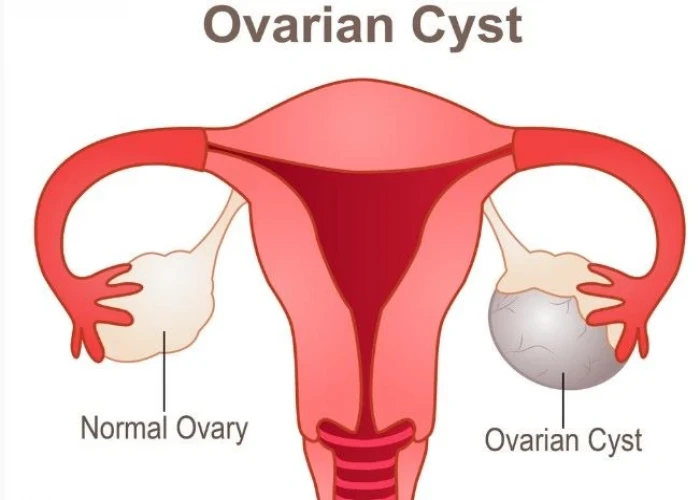
Ovarian cysts
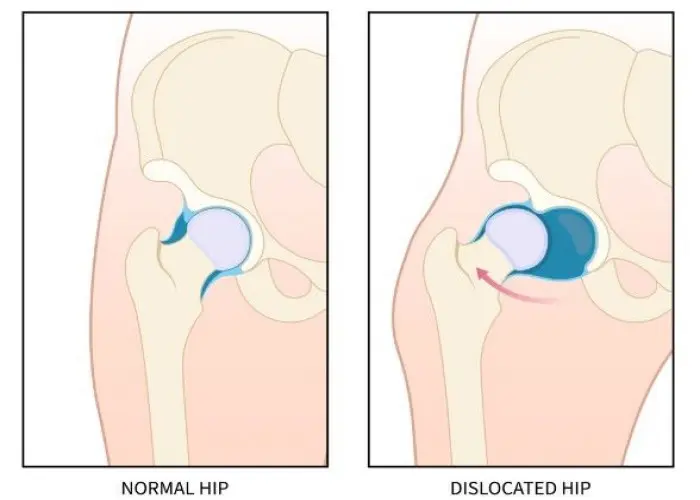
Hip impingement

High blood pressure (hypertension)
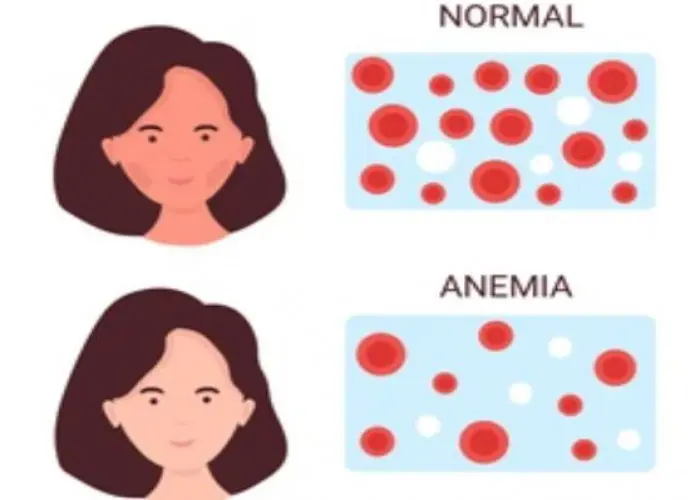
Aplastic anemia
lung abesess, ফুসফুসের এ্যাবসেস
To be happy, beautiful, healthy, wealthy, hale and long-lived stay with DM3S.
